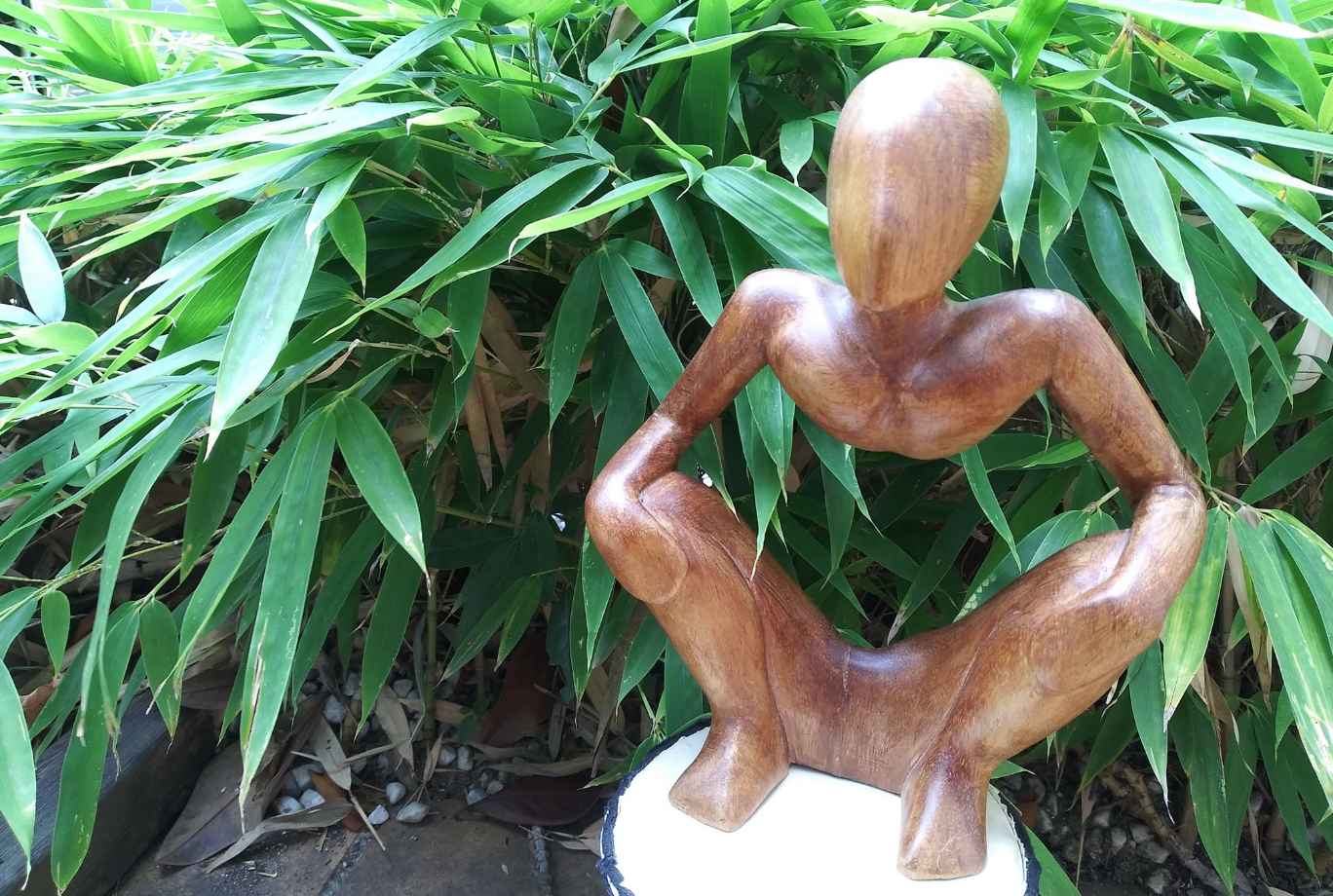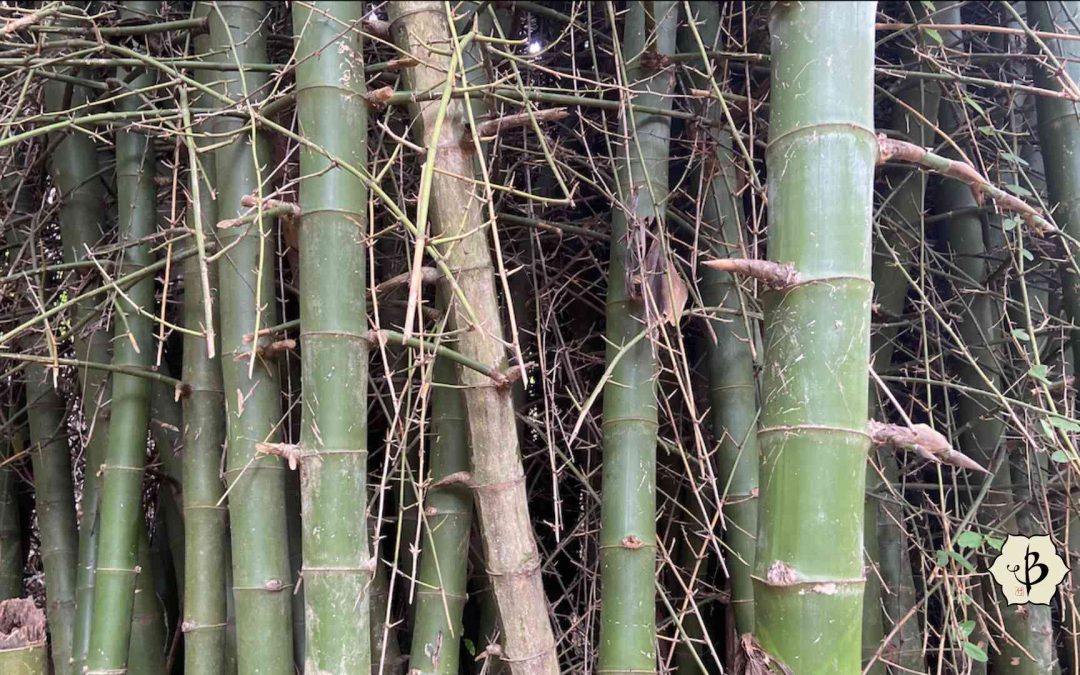With the dawn of a new decade, many of us may find ourselves groping for stability; reaching for touchstones of constancy to keep us grounded in the tumultuous adventure we call life; seeking people, objects or ideas that will ensure our security amidst an ocean of uncertainty.
But according to the millennia-old teachings of Mahayana Buddhism, all this yearning for long-lasting steadiness and reliable permanence will be done in vain. One of the greatest keys to peace of mind lies in the acceptance of transience, and feeling otherwise will lead only to misplaced attachments and identification with illusions, or what another tradition might call the veneration of false idols.
In Japan, this easy acceptance of all that is imperfect, incomplete and impermanent goes by the catchy name of Wabi Sabi. But don’t confuse it with the minty green paste in the upper corner of your sushi plate. (I’m talking about wasabi.) Although Wabi Sabi — like a good dose of horseradish — does have the potential to clear your head of turbid congestion.

What is Wabi Sabi?
The cornerstone of Japanese aesthetics, Wabi Sabi reveres beauty that can be seen in its natural state, flawed and impermanent. In art, landscaping and architecture, one may spend years trying to reproduce this state of simplicity, with a carefully manicured bonsai tree, for example, or a meticulously arranged rock garden.
Such is the great paradox of Eastern philosophy, for the quest for simplicity is anything but simple. Learning to accept the people, objects and circumstances that surround you, in their natural state of imperfection, may require diligent mental and spiritual training. But once you recognize that less is more, you will find your heart and soul running over with abundance.

What’s Wabi Sabi have to do with Bamboo?
Bamboo is an ancient symbol of Asian culture and Far Eastern wisdom. As lovers of bamboo, we also have an interest in energetic concepts like Feng Shui, mystical philosophies like Taoism, and fringe practices like Astrology. Bamboo is just one more piece in the puzzle of alternative living.
Not only that, but bamboo itself has a natural beauty emblematic of Wabi Sabi. In its unspoiled habitat, bamboo flourishes and radiates vitality. You can prune it once in a while, but bamboo is not the kind of plant that needs to be manicured or shaped to perfection. Some poles may lean, some branches may come out at an odd angle, and the whole plant may lack basic symmetry. Resist the temptation to give your bamboo any special treatment, and let it carry on in its own natural and unpredictable manner.

Further reading
If you enjoyed this article and want to see more of my writing in its natural state of imperfection, take a look at these stories:
- Bamboo in Myth and Folklore
- Buddhist Sand Mandalas and Non-attachment
- Om is where the heart is
- Glorious Ganesh in symbols and meanings
FEATURE IMAGE: Thorny bamboo (Bambusa blumeana) lacks the grace and elegance of many fine bamboo specimens, but somewhere in the dense thicket, nature’s sublime purpose prevails. That’s Wabi Sabi. (Photo by Fred Hornaday)

























